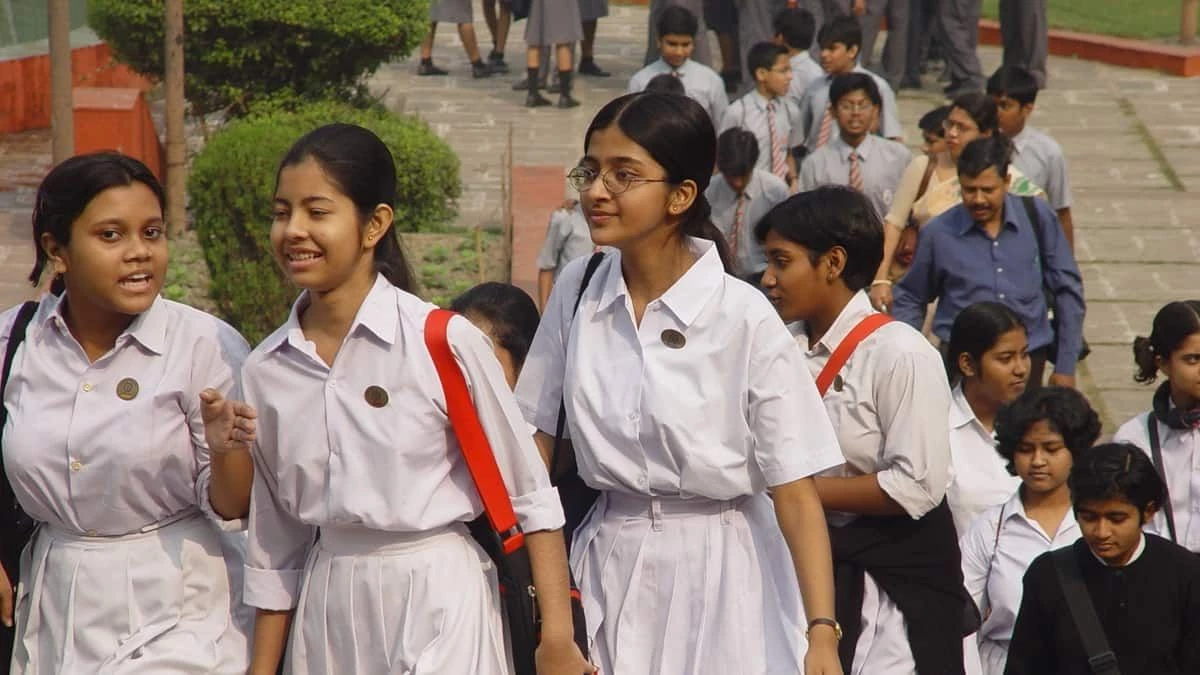NBSE HSSLC Syllabus 2025-26 is set by the Nagaland board. From its official website, you can get the syllabus PDF for all subjects of Science, Commerce, and Humanities streams. In Science, students will have to study Physics, Chemistry, and Biology. In Commerce, Economics, Business Studies, and Accountancy are the main subjects. For the Humanities stream, students will have to study Geography, History, and Political Science. Each subject will have a theory exam. Some subjects will have a practical exam too. For the detailed syllabus, students can visit online and check the syllabus in detail. Besides the syllabus, students can also check the NBSE HSSLC exam pattern 2025-26 to prepare for the board exams. Continue reading the article for more information about the Nagaland Board Class 12th Syllabus 2025.
Nagaland Board Class 12th Political Science Syllabus 2025-26
Below given is the detailed syllabus:
Part / Unit | Topics Covered | Detailed Description | Marks |
Part A: Contemporary World Politics | 1. Cold War Era and Non-Aligned Movement | Explores the origin of the Cold War, ideological rivalry between the USA and USSR, and the division of the world into power blocs. Focus is also given to the emergence and importance of the Non-Aligned Movement (NAM) as an alternative path for newly independent nations. | 6 |
2. The End of Bipolarity | Discusses the disintegration of the Soviet Union in 1991, its causes and consequences, the emergence of unipolarity under the USA, and the restructuring of post-Cold War international politics. | 6 | |
3. US Hegemony in World Politics | Analyzes the various dimensions of American dominance after the Cold War—military, economic, and cultural—and debates on whether US power is declining or still strong. | 6 | |
4. Alternative Centres of Power | Examines the rise of new powers such as the European Union (EU), China, ASEAN, and their increasing influence in global politics, challenging unipolarity. | 6 | |
5. Contemporary South Asia: Peace, Cooperation and Development | Studies political and economic developments in South Asia, India’s relations with neighboring countries (Pakistan, Bangladesh, Sri Lanka, Nepal, Bhutan, Maldives), and the role of SAARC in promoting regional cooperation. | 6 | |
6. International Organizations | Explores the role of the United Nations (UN), its agencies, reforms in the Security Council, and India’s demand for a permanent seat. Also covers the significance of other organizations like WTO and WHO. | 6 | |
7. Security in the Contemporary World | Deals with traditional security (military, territorial) and non-traditional security concerns (human security, environmental threats, terrorism, migration, pandemics). | 6 | |
8. Environment and Natural Resources | Discusses global environmental issues such as climate change, biodiversity loss, resource scarcity, international treaties like Kyoto Protocol and Paris Agreement, and India’s environmental policies. | 6 | |
9. Globalisation | Explains the concept, forms (economic, cultural, political), effects of globalization on world politics and Indian society, and debates on whether it benefits all countries equally. | 6 | |
Part B: Politics in India Since Independence | 10. Challenges of Nation-Building | Focuses on issues faced by India after independence, such as partition, refugee crisis, integration of princely states, linguistic reorganization of states, and regionalism. | 6 |
11. Era of One-Party Dominance | Studies the dominance of the Congress Party in the early decades, reasons behind it, opposition challenges, and impact on democracy. | 6 | |
12. Politics of Planned Development | Examines India’s Five-Year Plans, Green Revolution, role of Planning Commission, and debates on growth versus development. | 6 | |
13. India’s External Relations | Traces India’s foreign policy principles (Panchsheel, NAM), relations with major powers (USA, USSR, China), and current global role. | 6 | |
14. Challenges to the Congress System | Focuses on the political developments of the late 1960s and 1970s, rise of opposition parties, role of regional politics, and impact on Indian democracy. | 6 | |
15. Crisis of the Democratic Order | Covers the Emergency period (1975–77), reasons for its imposition, suspension of rights, opposition movements, and democratic resilience post-Emergency. | 6 | |
16. Rise of New Social Movements | Discusses the emergence of movements around environment, women’s rights, Dalit rights, farmers, and human rights that shaped modern Indian politics. | 6 | |
17. Regional Aspirations | Studies movements in Punjab, North-East India, Jammu and Kashmir, and how the Indian state has responded to regional demands. | 6 | |
18. Recent Developments in Indian Politics | Covers coalition politics of the 1989–2014 era, economic reforms (LPG model of 1991), rise of regional parties, and current challenges in Indian politics. | 6 | |
Project Work | Practical Component | Students must prepare a project on a selected topic from the syllabus involving research, data collection, and analysis. | 20 |
Total | — | — | 100 Marks |
NBSE HSSLC Syllabus 2025-26: How to download
By the time the NBSE Exam timetable for Class 12 is released, students should have finished their syllabus. Below are simple instructions for downloading the NBSE Class 12th Syllabus 2026.
Step 1: First, go to the NBSE Board's official website.
Step 2: Click on the homepage's syllabus section now.
Step 3: There will be a new page.
Step 4: Select the NBSE HSSLC Syllabus 2026 link.
Step 5: It will show Nagaland Board 12th Syllabus 2026 on the screen.
Step 6: Save the NBSE 12th Syllabus 2026 to your computer for further use.

